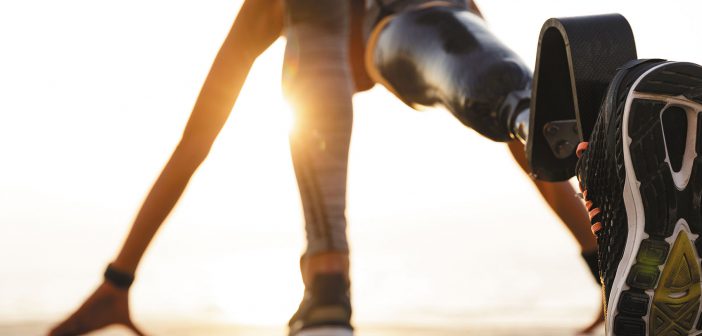How hoteliers can ensure their properties are up to code
by NANETTE ODELL
The Americans with Disabilities Act began as an attempt to ensure that Americans with disabilities could get the same access to public spaces – an act that no one could have disagreed with. However, for hoteliers buying older properties, it can be difficult to know where to begin and how to make sure your spaces are ADA compliant. Here are a few things to know about the ADA:
- The Americans with Disabilities Act is a civil rights law that has been around for almost 30 years.
- There is no “grandfather clause.” Even hotels built before 1991 need to make modifications when remodeling occurs. It’s likely remodeling has taken place since 1991 and, if so, it was required to come up to the 1991 Standards for Accessible Design.
- People with disabilities make up the fastest-growing minority population in the world. Per the Department of Labor, Americans with disabilities have $175 billion in discretionary spending power.
- Making these modifications helps all your guests, not just those with disabilities.
- Tax credits and deductions are available to businesses to help cover the cost of making improvements that increase accessibility for those with disabilities. You can find information on these at ada.gov/archive/taxpack.pdf. Think of how many improvements you can make to your property each year that will benefit all your guests.
WHERE DO YOU START?
So, how do you know what you need to modify? There are some great resources available including www.ada.gov and an ADA checklist at www.adachecklist.org. Please know that this checklist is not all-inclusive, as it doesn’t cover many of the items in a hotel, such as guest rooms. Despite some franchise requirements to use this, going through that tool does not “certify” you are compliant or stop potential litigation in the event of a complaint. The checklist is helpful to get you started, though, and it’s important that you have an active role in this process to help you better understand what you need to do to help ensure the greatest level of accessibility for your guests.
Often, hotel owners will start the process of going through a checklist and become a bit overwhelmed when they realize all the little details that need to be reviewed. A public restroom alone can have 80 items that need to be checked for compliance.
Priorities for Making Modifications
When you are checking your property then making modifications, the Department of Justice lists the following four priorities:
- Accessible approach and entrances: Look at your parking lot, routes to your entrances (too steep or sloped?), drop-off area (which is required to have a striped and compliant access aisle at least 5 feet wide), the width of your doors, etc.
- Access to goods and services: Think about all you offer – rooms, dining, business center, pools, fitness centers, laundry, etc. These are all required to comply.
- Access to public toilet rooms: If you have restrooms in your lobby, look at these carefully. Having grab bars is not enough. Consider that if you have a male and female single-user restroom in your lobby and neither are compliant, one option may be to make them both unisex restrooms. Then, you only need to make one of them compliant. If you don’t know which one to make accessible, look at which one needs fewer plumbing features modified. Either way, place signs on the non-compliant one that indicates the other one is accessible.
- Access to other items such as drinking fountains, public phones, etc.: For all features in and around your hotel, make sure there is an accessible path and compliant reach range. This means the height from the floor to the operating part of the amenity, for example, a phone to call into the office after lobby hours, the reach to purchase an item from a vending machine, etc. Practice going around your hotel with a closed-fist to see how well you can lock a door, open the curtains, turn on the shower controls, turn on a light switch for a bedside lamp, etc. The DOJ requires that all items be operable without tight grasping, pinching, or twisting of the wrist so it’s good to start looking and trying things from that perspective.
Nanette Odell is the president of Life Quest Training & Consulting, LLC. To learn more about how Life Quest can help your property meet ADA compliance, visit https://adalifequest.com and reach out via email at [email protected].
Suggestions for modifications
- If you’re concerned about ADA compliance, the following suggestions can help bring your property up to code:
- When a hotel restroom door swings into much-needed space and reduces access, consider replacing with barn doors.
- Showers and tubs that are not compliant can be replaced with transfer showers that take up less space and are often needed anyway.
- When replacing tables or desks, ensure they are not so deep as to impede on pathway space through a room but also have space to roll under that is at least 30 inches wide with no less than 27 inches in height for knee clearance and no higher than 34 inches to the top of the working space.
- If you have a roll-in shower and the required grab bars but want to install a shower seat to replace the portable one (that can be dangerous if it’s not sturdy enough), know that you may need to take out grab bars that are behind the attached folding seat.




